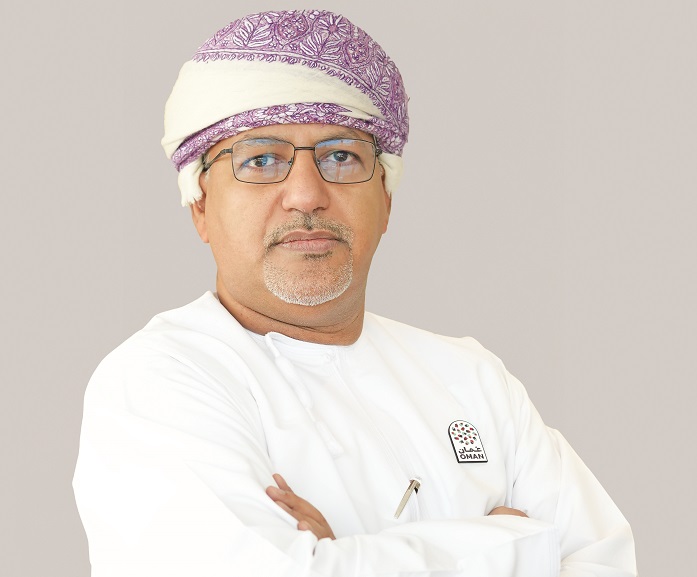
Anyone observing Oman’s economic landscape—particularly its industrial, commercial, services, and tourism sectors—will notice a clear surge in investment activity and a growing interest from a diverse range of investors, both local and international.
This momentum has broadened Oman’s investor base, attracting high-net-worth entrepreneurs, mid-tier investors seeking growth, and innovators exploring new opportunities, all eager to benefit from the Sultanate’s evolving economic environment.
This rising investor confidence comes at a time when business leaders are increasingly guided by economic indicators and global benchmarks, such as the World Bank’s Doing Business Report, which evaluates key enablers of business setup and operation—factors crucial for nations seeking to attract both domestic and foreign investment.
While it is often said that “capital is cautious,” investors still look for reassurance, efficiency, and transparency. Hence, high-net-worth individuals and institutional investors pay close attention to factors such as the time and cost of company registration, the speed of establishing operations, the quality of legal and regulatory frameworks, the availability of digital services, and the clarity of administrative procedures.
Economists agree that the presence of such fundamentals in any economy is instrumental in attracting and sustaining investment flows. A favorable business climate not only boosts investor confidence but also enhances the nation’s credit rating, competitiveness, and reputation as a regional hub for innovation and entrepreneurship.
When these standards are applied to Oman, it becomes evident that the Sultanate offers precisely what investors seek—an efficient, transparent, and increasingly digitalized business environment. This progress has had a measurable positive impact on Oman’s investment climate, improving its standing in international indices and strengthening its reputation as a preferred destination for capital inflows.
The Omani government has been strategic and consistent in reinforcing its reputation for reliability, clarity, and transparency in all investment-related dealings. To this end, a series of legislative and regulatory reforms have been introduced to create a more flexible, investor-friendly legal ecosystem.
These include updates to the Foreign Capital Investment Law, new frameworks promoting Public-Private Partnerships (PPPs), and modernized legislation on corporate governance and commercial procedures—all of which have enhanced investor trust and boosted Oman’s global competitiveness.
Government entities across sectors have also rolled out investment-enabling initiatives through an integrated system of strategies, digital platforms, and facilitative policies, aligned with the goals of Oman Vision 2040, which places economic diversification at the core of national development.
Among the flagship initiatives is the National Program for the Development of the Private Sector and Foreign Trade (Nazdaher), which seeks to empower the private sector, foster competitiveness, and drive economic growth.
To further simplify processes, Oman introduced the “Invest Easy” platform—a unified digital gateway that allows investors to establish companies and complete all related transactions online, without the need to visit multiple government entities.
This initiative has significantly reduced registration and licensing timeframes, improving efficiency, transparency, and investor confidence.
Complementing this effort are other strategic measures such as the “Fast Track” program for priority projects, the “Permanent Residency” scheme targeting global talent and investors, the National Investment Strategy, the Investment Map, and the Investment Incentives Guide. Together, these form a comprehensive national framework designed to stimulate investment across all sectors and governorates.
Collectively, these reforms and initiatives reflect Oman’s unwavering commitment to realizing the aspirations of Vision 2040—positioning the Sultanate as a dynamic and trusted regional hub for business, innovation, and sustainable growth.